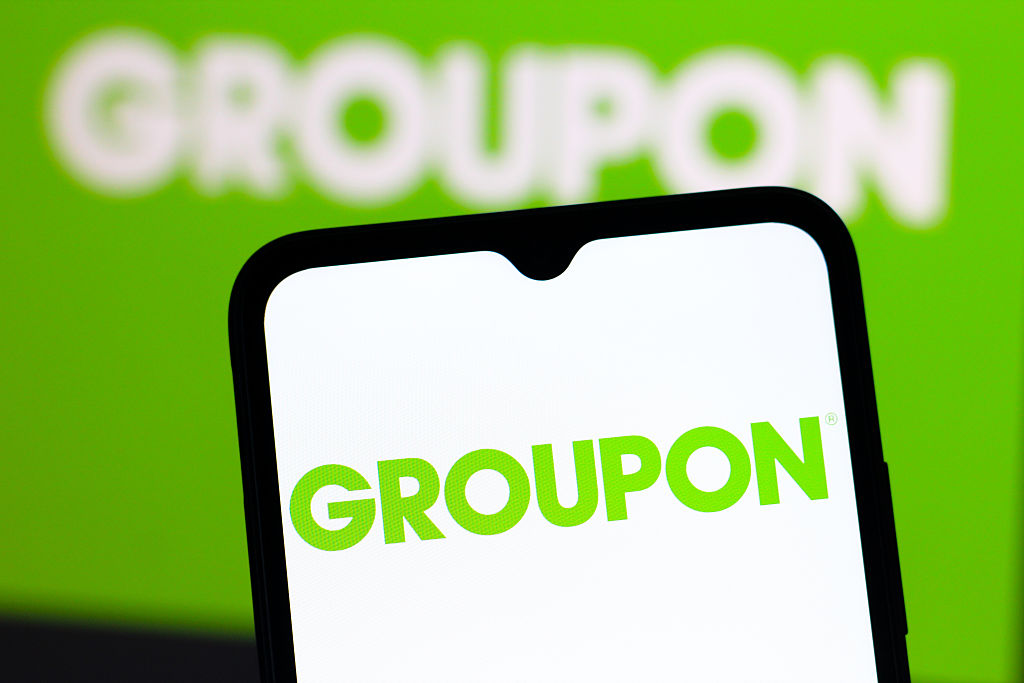Tech enthusiasts and everyday shoppers alike know the thrill of snagging a great deal. But navigating the world of discounts can sometimes feel overwhelming, with terms like “flash sales” and “daily deals” vying for your attention. What’s the difference between these two shopping strategies, and how can you make the most of each?
Whether you’re hunting for a discounted smartwatch or trying to score a deal on the latest headphones, understanding the nuances between flash sales and daily deals is key to optimizing your tech shopping experience.
This comprehensive guide will break down how each works, the pros and cons, and provide actionable tips to help you save big without spending all your free time bargain hunting.
What Are Flash Sales?

Flash sales are exactly what they sound like. They’re highly limited-time offers, often heavily discounted, designed to quickly grab shoppers’ attention and move products quickly. Flash sales typically last anywhere from a few hours to a single day, with some even narrower windows lasting only minutes.
Major tech retailers like Amazon, Best Buy, and Newegg are known for offering flash sales on gadgets like laptops, earbuds, and other tech essentials. Flash sales are often promoted through email campaigns, notifications, and “deal of the moment” banners to create urgency.
Benefits of Flash Sales
- Deep Discounts
The appeal lies in significant savings, often 30% to 70% off retail prices, depending on the product. Flash sales are an excellent opportunity to score big-ticket tech items.
- Excitement and Urgency
The time-sensitive nature of flash sales creates an exciting shopping experience that caters to impulsive buyers and savvy deal hunters alike.
- Exclusive Products
Sometimes, flash sales feature items not yet available via standard purchase, or even limited-edition items.
Drawbacks of Flash Sales
- Limited Quantity
Flash sales thrive on scarcity. Quantities are often extremely limited, which means items can sell out in seconds.
- Pressure to Act Quickly
Because flash sales create a heightened sense of urgency, there’s often no time to deliberate, which could lead to impulsive—even regrettable—purchases.
- Varying Quality
Not all items in flash sales are top-tier; sellers often use these events to offload excess inventory, so do your research before buying.
What Are Daily Deals?

Daily deals, by contrast, are ongoing sales valid for an entire day. These are less frantic than flash sales and provide users with a more leisurely shopping experience. Daily deals are staples on platforms like Groupon, Woot, and Overstock, offering discounts on items ranging from tech gadgets to home appliances.
Notably, these deals typically work their magic by pairing slightly lower discounts with a broader range of left-over or trending products.
Benefits of Daily Deals
- Consistency
There’s a new deal every day, meaning you don’t have to wait for sporadic promotions.
- More Time to Shop
Unlike flash sales, daily deals give you an entire day to mull over your purchase.
- Reliable Discounts on Popular Items
Daily deal sites often include trending products, giving users an opportunity to snag sought-after items like smart TVs, tablets, or even advanced kitchen tech.
Drawbacks of Daily Deals
- Limited Savings
Discounts offered during daily deals are typically more modest (around 10%-40%) compared to those in flash sales.
- FOMO (Fear of Missing Out)
Much like flash sales, daily deals can still create a false sense of urgency, prompting unnecessary purchases.
- Repetition
Daily deal sites sometimes cycle through the same products repeatedly, making it feel monotonous for frequent visitors.
The Role of Smart Watches in These Sales

Before deciding whether to rely on flash sales or daily deals, it’s essential to keep your goals in mind. For instance, if you’re in the market for smartwatches, each type of deal comes with distinct advantages depending on your timing and flexibility.
Flash Sales for Smartwatches
Flash sales are ideal for premium smartwatches from brands like Apple, Samsung, or Garmin. With discounts ranging between 30%-50%, you could land a significant deal on high-end models. However, you’ll need to monitor flash sale notifications closely to ensure you act fast when your desired product is discounted.
Daily Deals for Smartwatches
On the other hand, daily deals often feature mid-range models and accessories like charging docks or stylish straps. While the savings are not always earth-shattering, they offer reliable discounts on gadgets that may not be part of flagship flash sales.
Combining both strategies provides a well-rounded approach to snagging tech bargains without breaking the bank.
Choosing Between Flash Sales and Daily Deals
Still torn between the two? Here’s an at-a-glance breakdown of when to target each.
| Criteria | Flash Sales | Daily Deals |
|---|---|---|
| Best for | Big-ticket items like smartwatches, laptops | Mid-range gadgets and accessories |
| Discount Size | Frequently 30% or more | 10%-40% on average |
| Shopping Window | Hours to a day | Full day |
| Risk of Impulse Buying | High | Lower |
Pro Tip: Use price-tracking tools like Honey, CamelCamelCamel, or Keepa to monitor price history before jumping on any deals. That way, you’ll know if a supposed “sale” actually gives you good value.
Smart Tips for Successful Bargain Hunting

Keep these tips in mind to make sure you walk away with a deal you’ll feel proud of.
- Leverage Alerts
Sign up for email or mobile notifications from your favorite retailers to stay informed about upcoming flash sales and daily deals.
- Compare Prices
Use price comparison tools to verify the authenticity of a discount. Amazon is notorious for raising “list prices” right before applying discounts.
- Set a Budget
It’s easy to get swept up in the excitement of deals. Stay disciplined by setting a spending limit before browsing.
- Know What You Want
Impulse purchases can derail your finances. Make a shopping list and stick to it.
- Beware of Counterfeit Products
Especially on third-party marketplaces, be vigilant for knock-off products masquerading as genuine brands.
- Plan for Major Sale Days
Events like Black Friday, Cyber Monday, and Prime Day blend the best of flash sales and daily deals, giving you ample opportunities for discounts.
Which Strategy Is Right for You?

The answer depends on your shopping style. Flash sales suit those who enjoy the thrill of competitive purchasing and have a clear idea of what they’re after. If you value measurable discounts, understand brands, and plan ahead, they’re fantastic.
Daily deals, meanwhile, work better for laid-back bargain hunters who want good options without the stress. If you’re someone who enjoys deals but needs more time to commit, daily deal websites are a more convenient choice.
When it comes to smartwatches or other tech gadgets, using both strategies in combination ensures maximum savings, allowing you to grab the best offers without compromising quality.
Find Tech Deals You’ll Love
Navigating the world of tech bargains doesn’t have to be overwhelming. By developing a clear strategy, using the tools discussed above, and understanding the differences between flash sales and daily deals, you’ll shop smarter and save big.
What are your go-to strategies for hunting deals? Share your favorite tips in the comments below!



